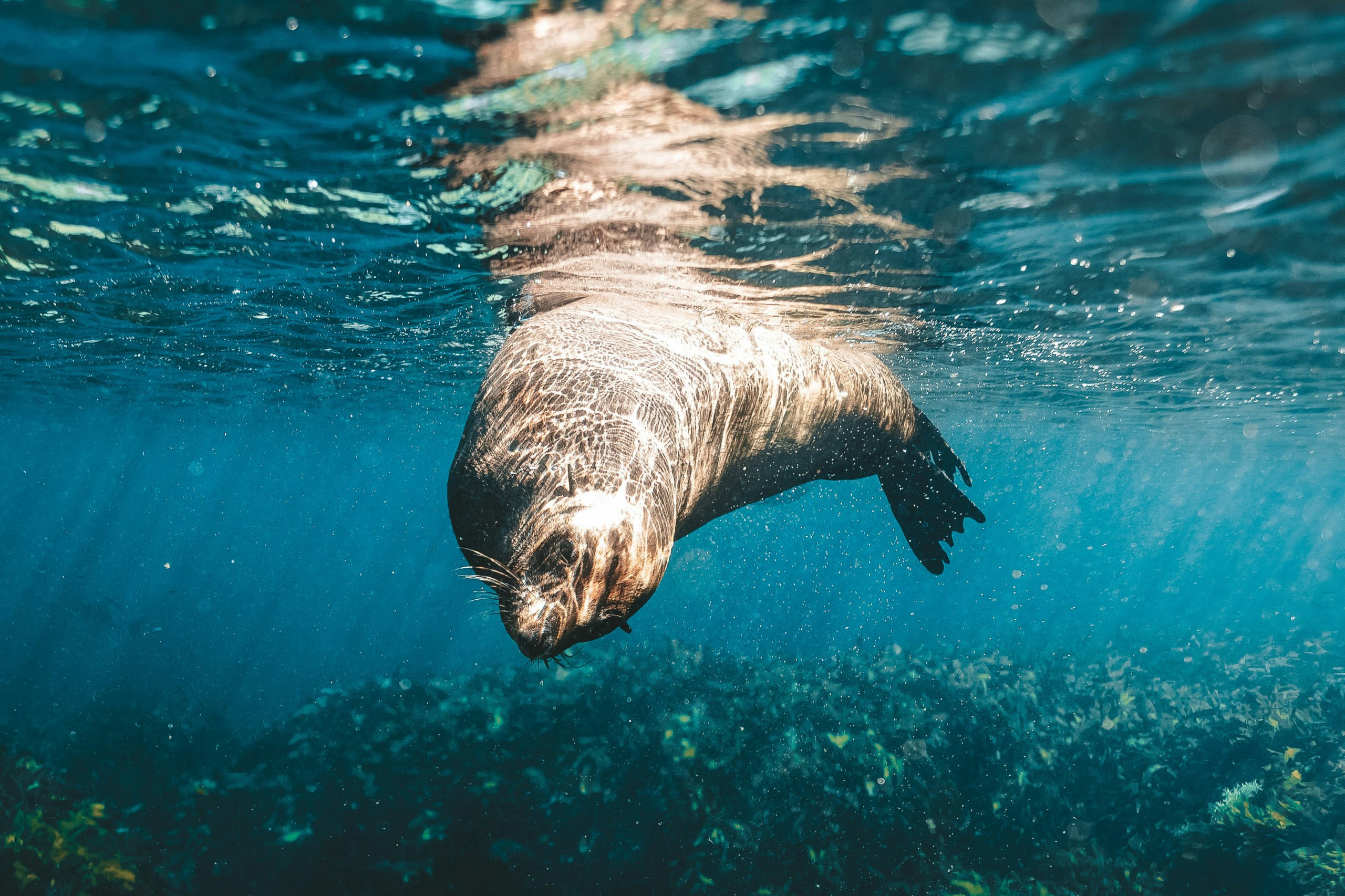

Quokkas
The only native mammal to Rottnest Island and one of the island’s greatest calling cards for tourists, locals, and animal enthusiasts alike. These cute little marsupials can be found almost anywhere on the island and are commonly spotted wandering about the main settlement looking for something to snack on (or steal, so watch your lunch)! Their favourites spots include scrubs and wetland, woodlands, and coastal regions, where will you spot one first?
With a population of around 10,000-12,000 living on the island, Quokkas are a unique species and their home on Rottnest Island is essential for the survival of the now vulnerable species. Help keep these little guys safe by riding your bikes carefully and never giving them any of your human food.
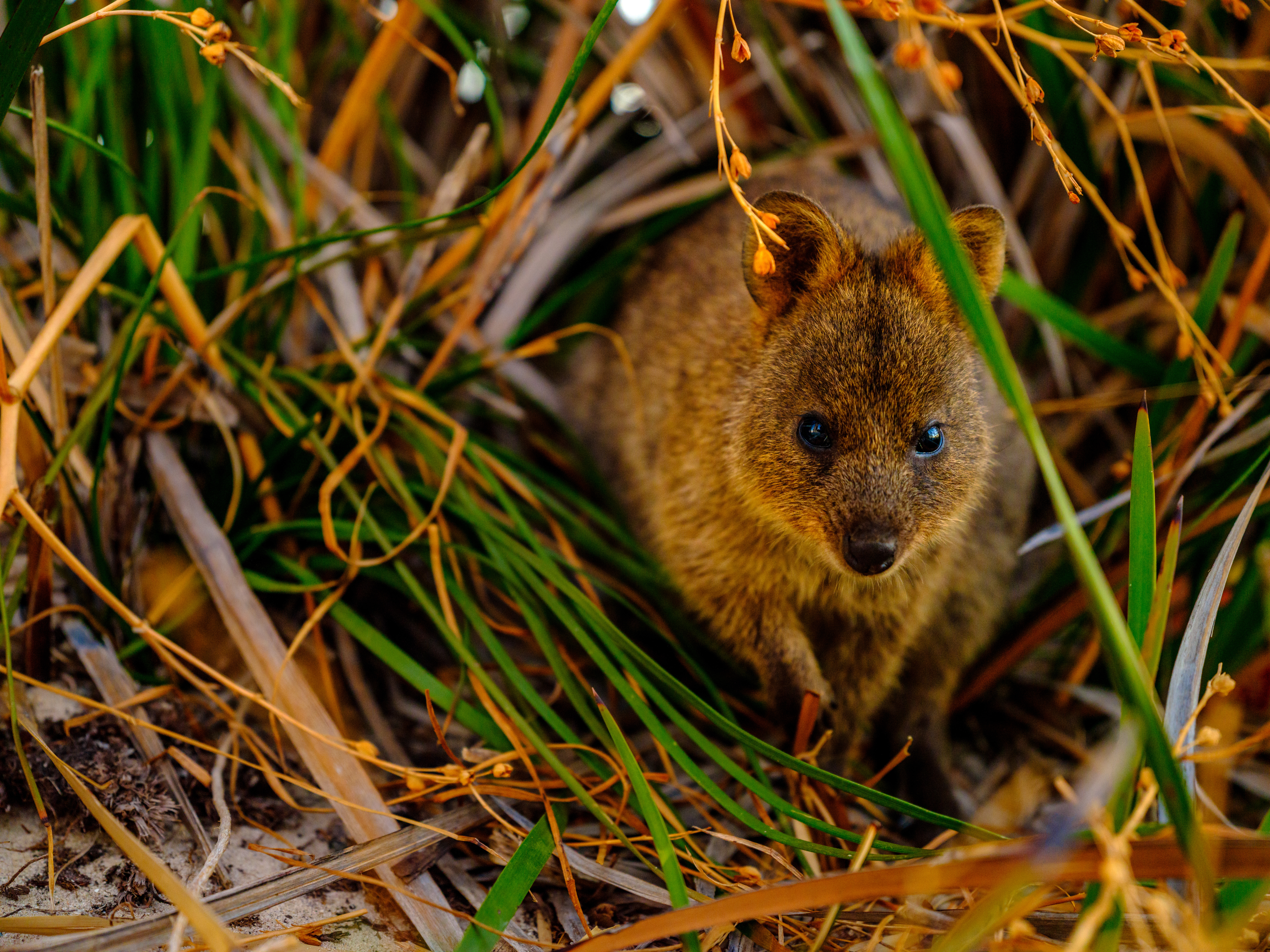
Eastern Osprey
A famous spot on Rottnest Island is the Eastern Osprey. There are currently between 2 to 6 breeding pairs on the island all year round, and up to 20 birds in the breeding season. Ospreys are known to build big nests made up of sticks and debris, with some getting as large as several metres across making these nests easy to spot on a bushwalk or from a boat.
Osprey can be spotted preying on smaller creatures from the sky by circling above them and then diving down to snatch their food. Their taloned feet and claws make it easy to pick up fish and small animals out of the water or off the ground. These clever birds can even submerge themselves in the water up to 1 metre to reach fish further down in the ocean.
Humpback Whales
If you are travelling to Rottnest Island in September through till November, you might get the chance to spot a Whale! Humpback Whales are a migratory species, spending the summer months down in the Antarctic feeding and filling up on lots of krill preparing for their journey north. Come winter, the whales form groups and travel north from the southernmost tip of Australia up our western coast, where we see them at Rottnest Island come September.
These whales full of their fatty blubber from months of feeding can be spotted along our coast with their young calves in tow, with the equatorial seas as their final destination. Humpback Whales are powerful swimmers and if you are lucky enough you might even get to see one of them breach, which is when they throw themselves out of the water and do a little somersault.
If you want to tick this big-ticket mammal off your list, then September to November is the time to do so! Hop on our Eco Boat Tour to witness the migration of the Humpback and Southern Right Whales before it is too late, click here to book now.
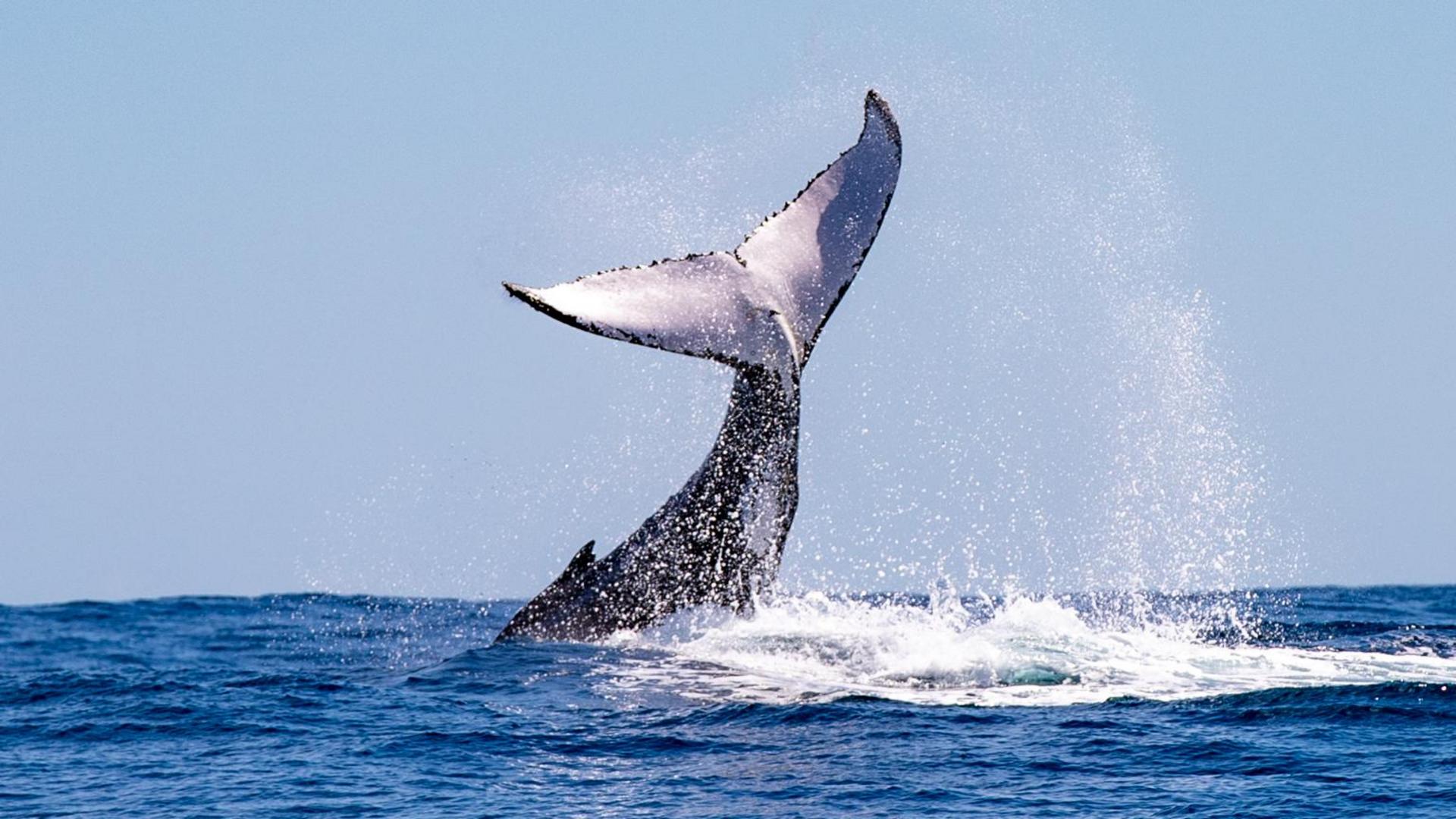
Bottlenose Dolphins
Our intelligent friends, Bottlenose Dolphins can be found in the waters surrounding Rottnest Island with separate inshore and offshore populations. Dolphins live in groups called pods which can be made up of 10 to several hundred dolphins depending if they are inshore or offshore.
You might have heard a dolphin squeak at you before, this is how they communicate with each other and say a friendly hello to you when you wave at them. Unlike many marine animals, dolphins breathe air, which is why we often see them popping up 2-3 times per minute to catch their breath. Although they can hold their breath for longer, many only use this special skill when diving down for food.
Bottlenose Dolphins feed on a combination of fish, shrimp, squid and crustaceans and can be spotted all around the island in both shallow and deep waters, so keep your eyes peeled on your journey into Thompson Bay on the ferry.
Eagle Rays
These clever little creatures can sense the tiny vibrations and electrical pulses given off by its prey and uses this to track them down and catch them.
The best places to find an Eagle Ray are on sandy ocean floors, in the seagrass meadows and around the coral reefs. So, hire yourself some snorkel gear, hop in the water and get searching! Visit here for more information about our day packages for snorkel gear.
Resident Peacocks
A historical tale for Rottnest Island, Peafowl were first introduced to the island in 1912 and were commonly found on the eastern tip around the Kingstown Army Barracks. When the Peafowl became a pest in 1992 the Rottnest Island Authority removed them all from the island, later introducing a small population of 5 in credit to their historical value.
Peafowl are large birds that are known for their loud call, many know the males as Peacocks which have a much larger body than the females and carry distinctive bright green and blue feathers. Their tails feature large fan like feathers which have an ‘eye’ at their tips. The island is currently home to 2 Peacocks which can be found around the Kingstown precinct and are a common bucket list spot for tourists to the island.
New Zealand Fur Seals
Rottnest Island is ‘seally’ lucky to have its very own colony of New Zealand Fur Seals which lives at Cathedral Rocks. Did you know that a colony of fur seals is called a rookery and are commonly found on rocky shores which offer shelter for their pups, which is why Cathedral Rocks is the perfect spot for them.
Known to be rather clumsy on the land, these little guys can dive below 100m in the water and can pick up speed when hunting their prey. Fur Seals live on a diet of fish, squid, octopus, lobster and sometimes even penguins. The main threats to this beautiful colony of New Zealand Fur Seals is climate change and human disturbances such as fishing nets and oil spills.
The best way to catch a glimpse of the Fur Seals is by hopping onto one of our Adventure Boat Tours which takes you straight to them, you can get up close and personal without putting yourself or the Fur Seals in danger, visit here for more information.
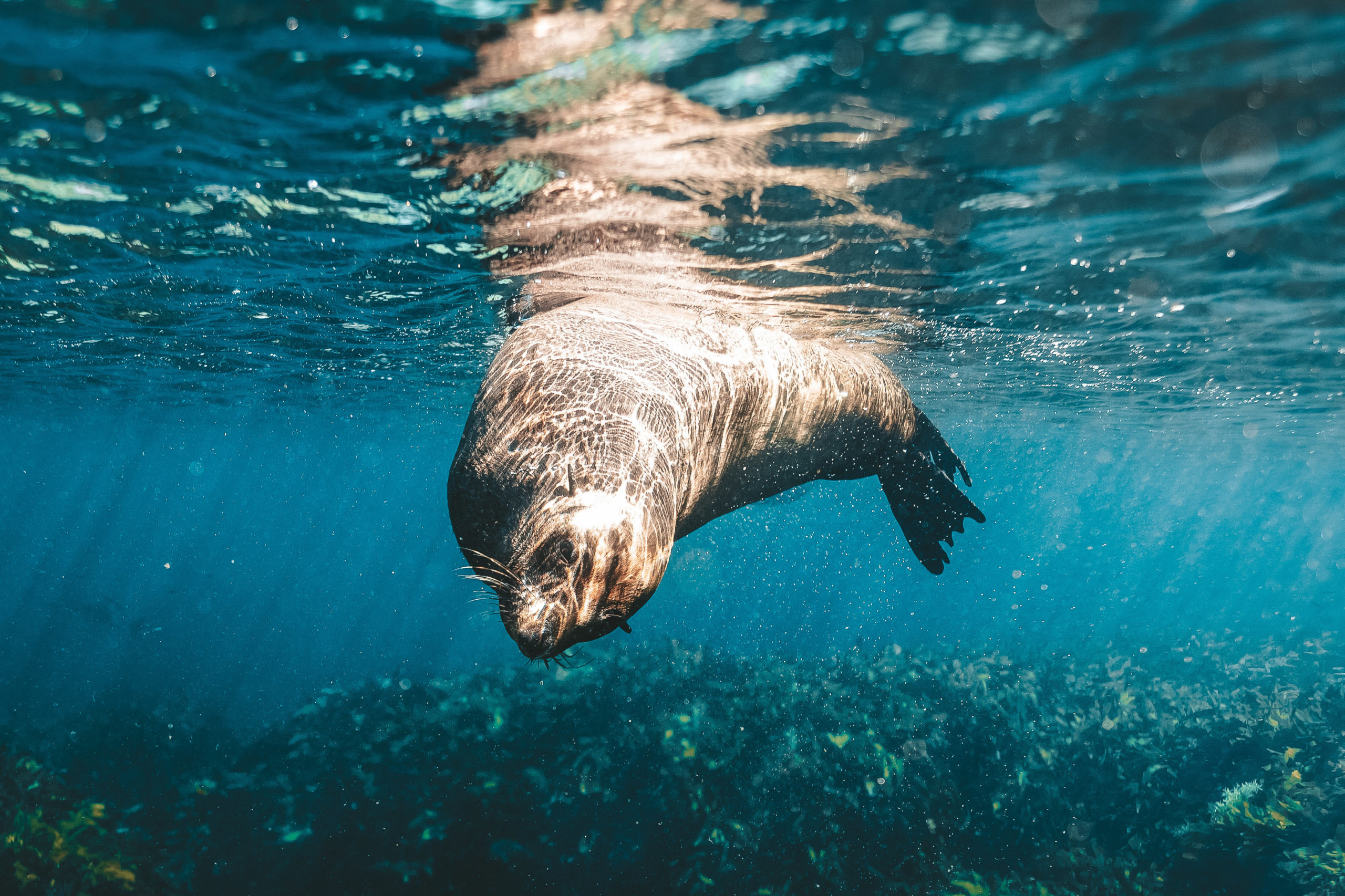
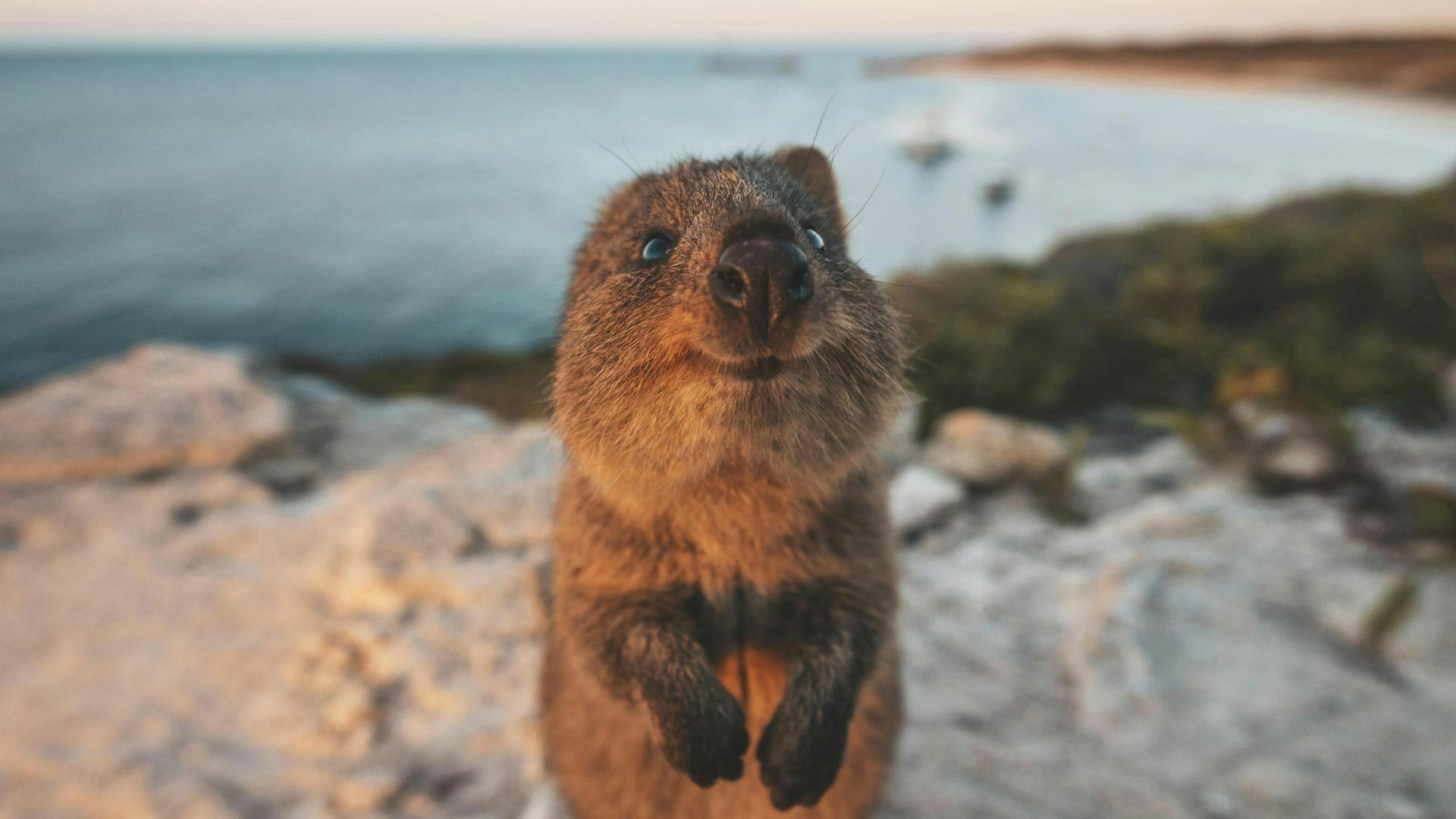
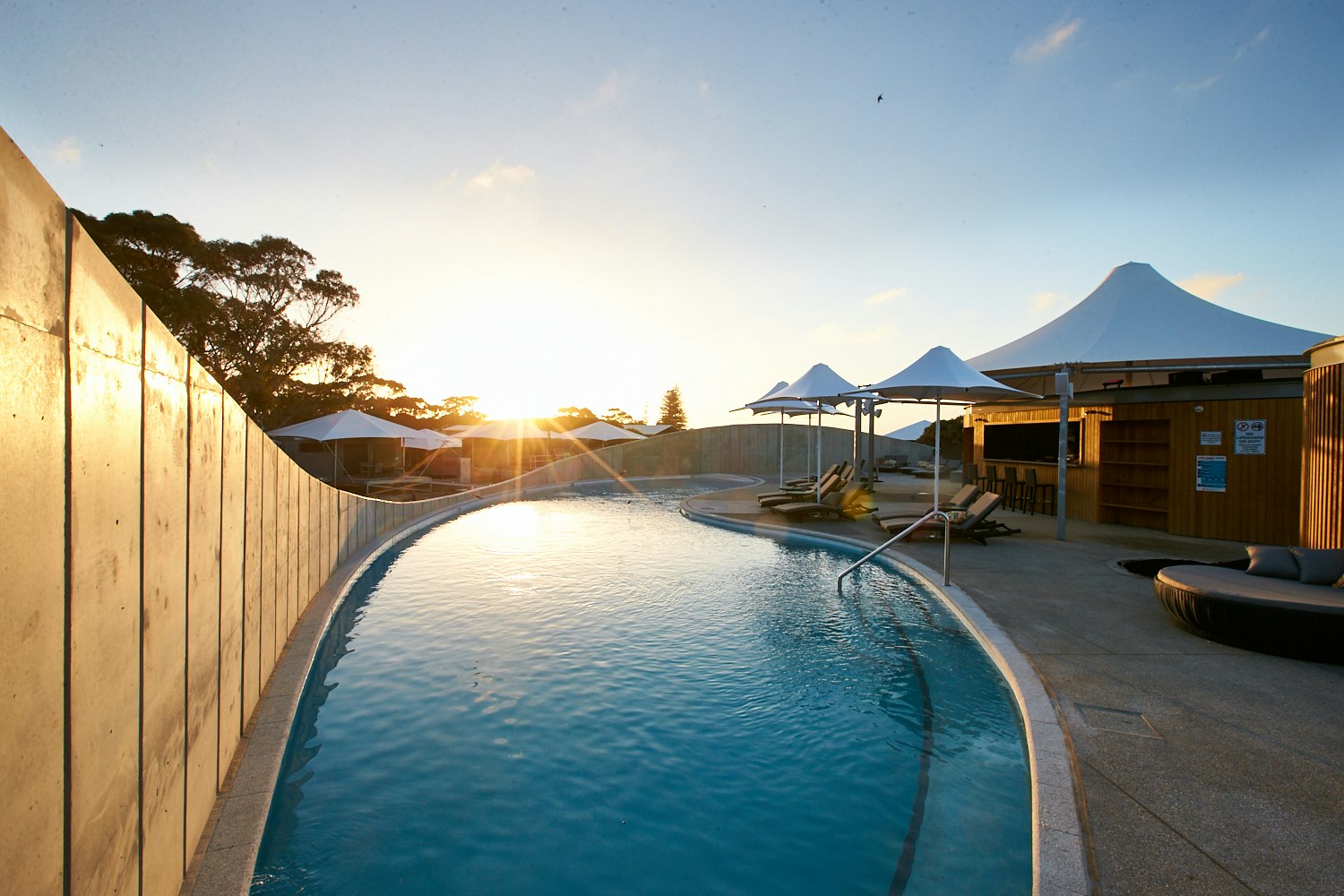
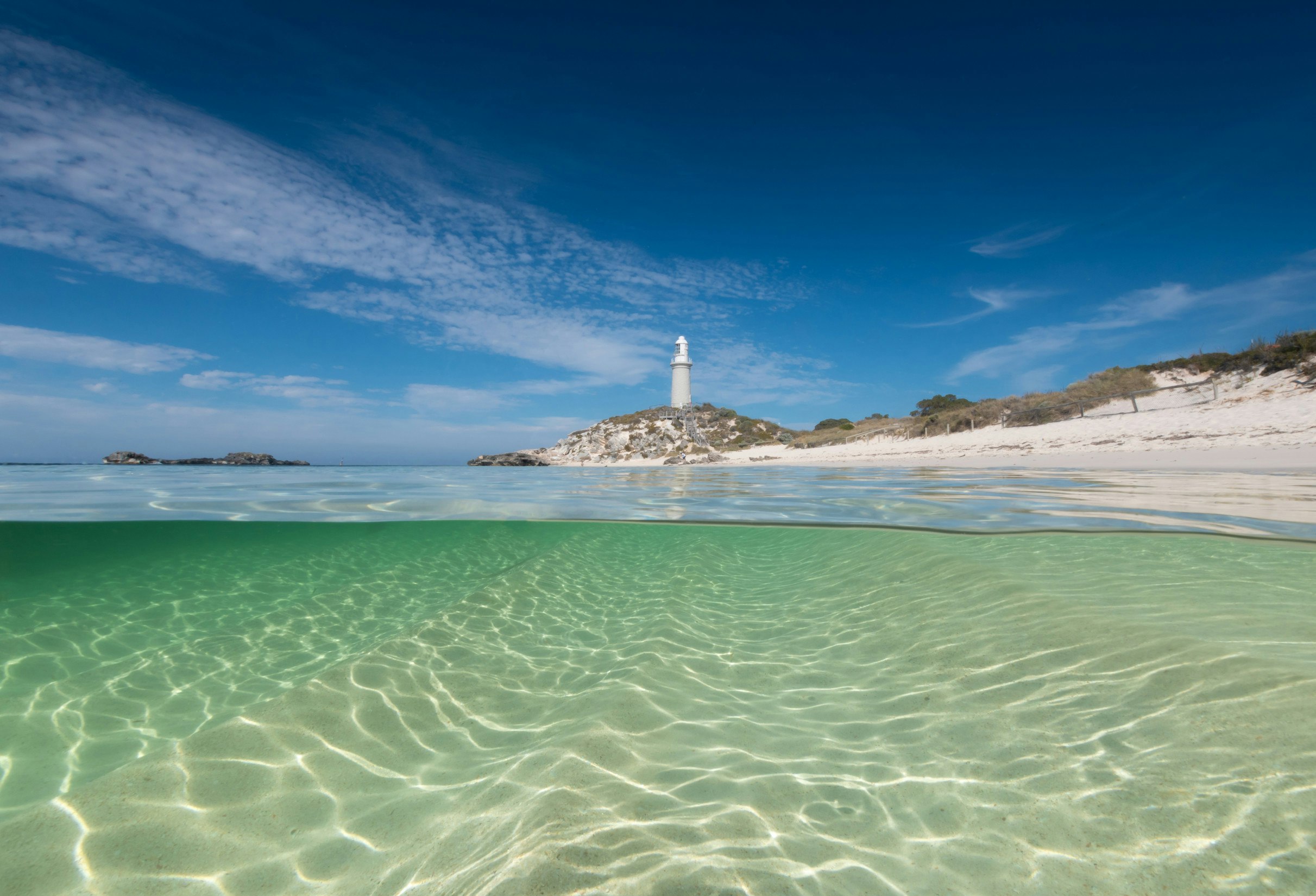
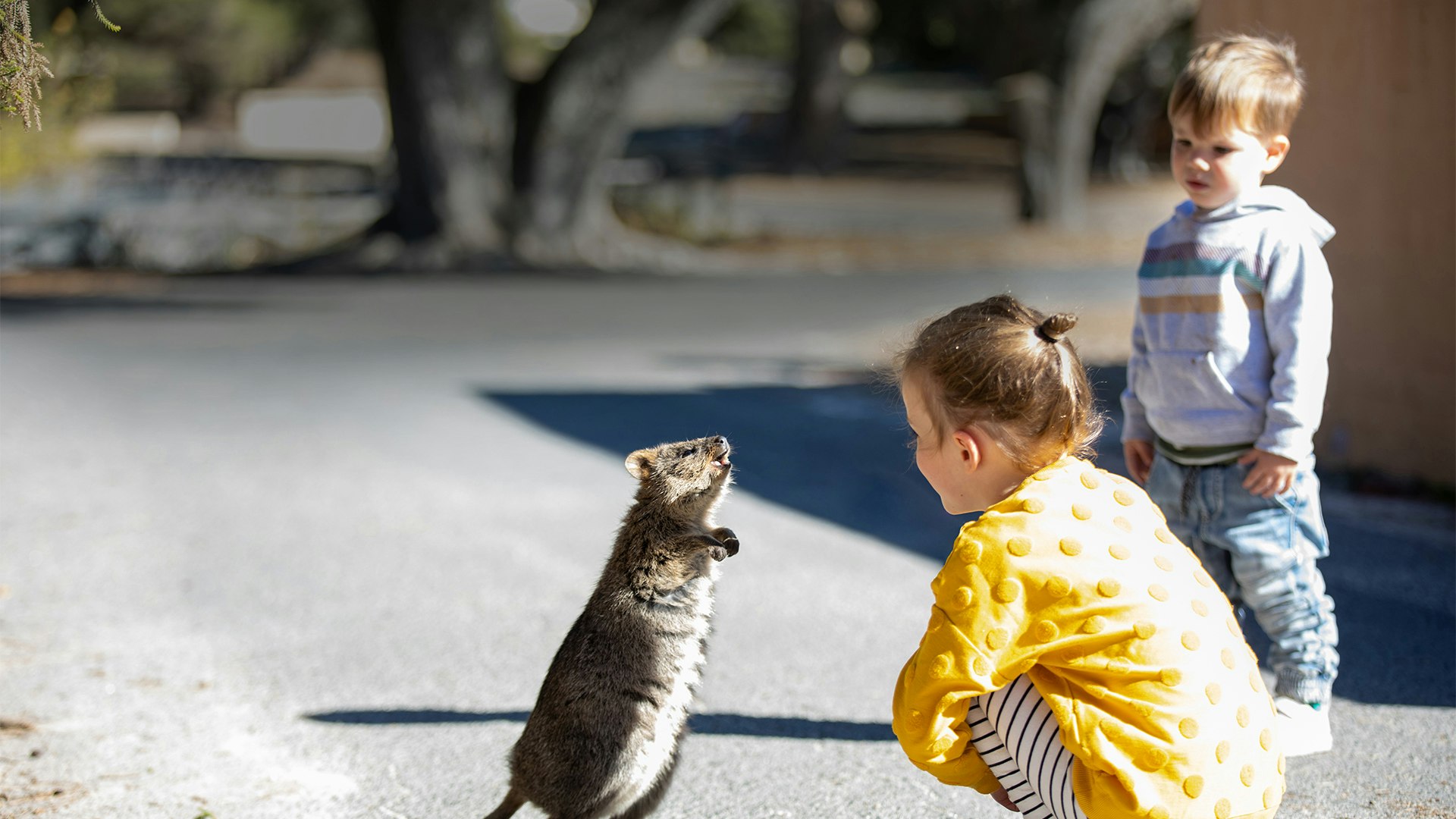
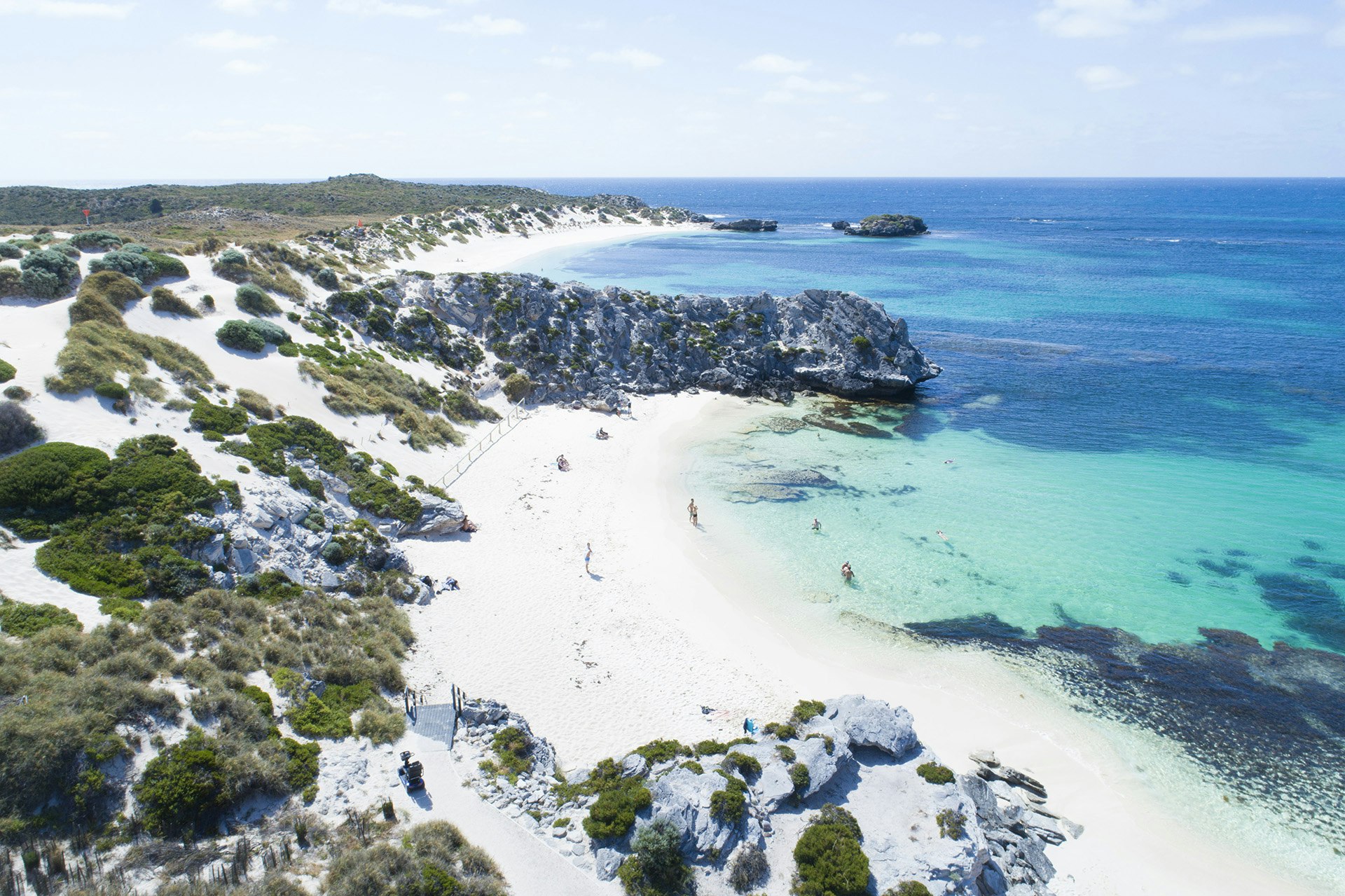
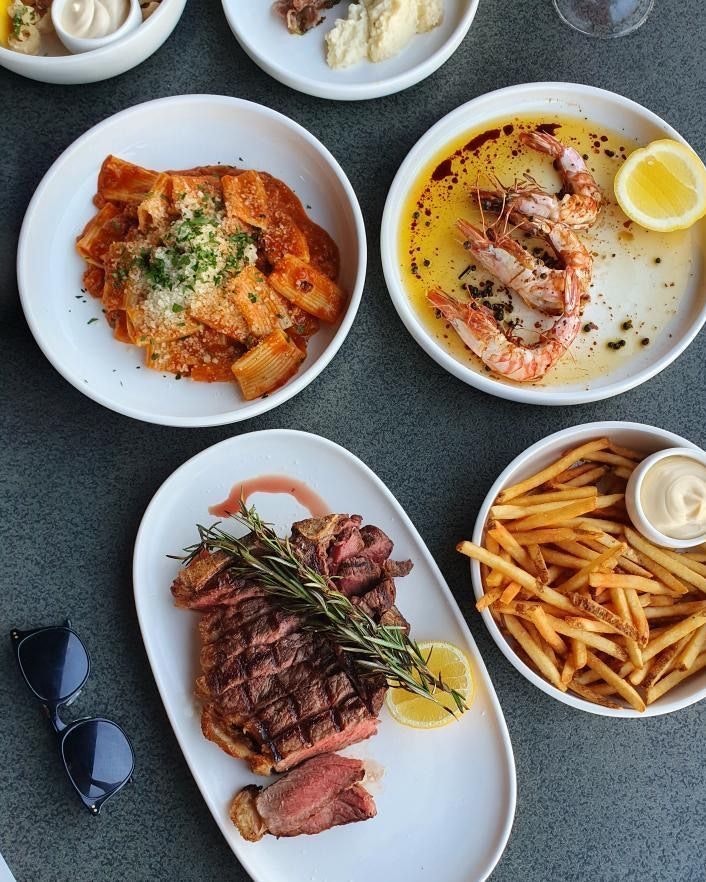
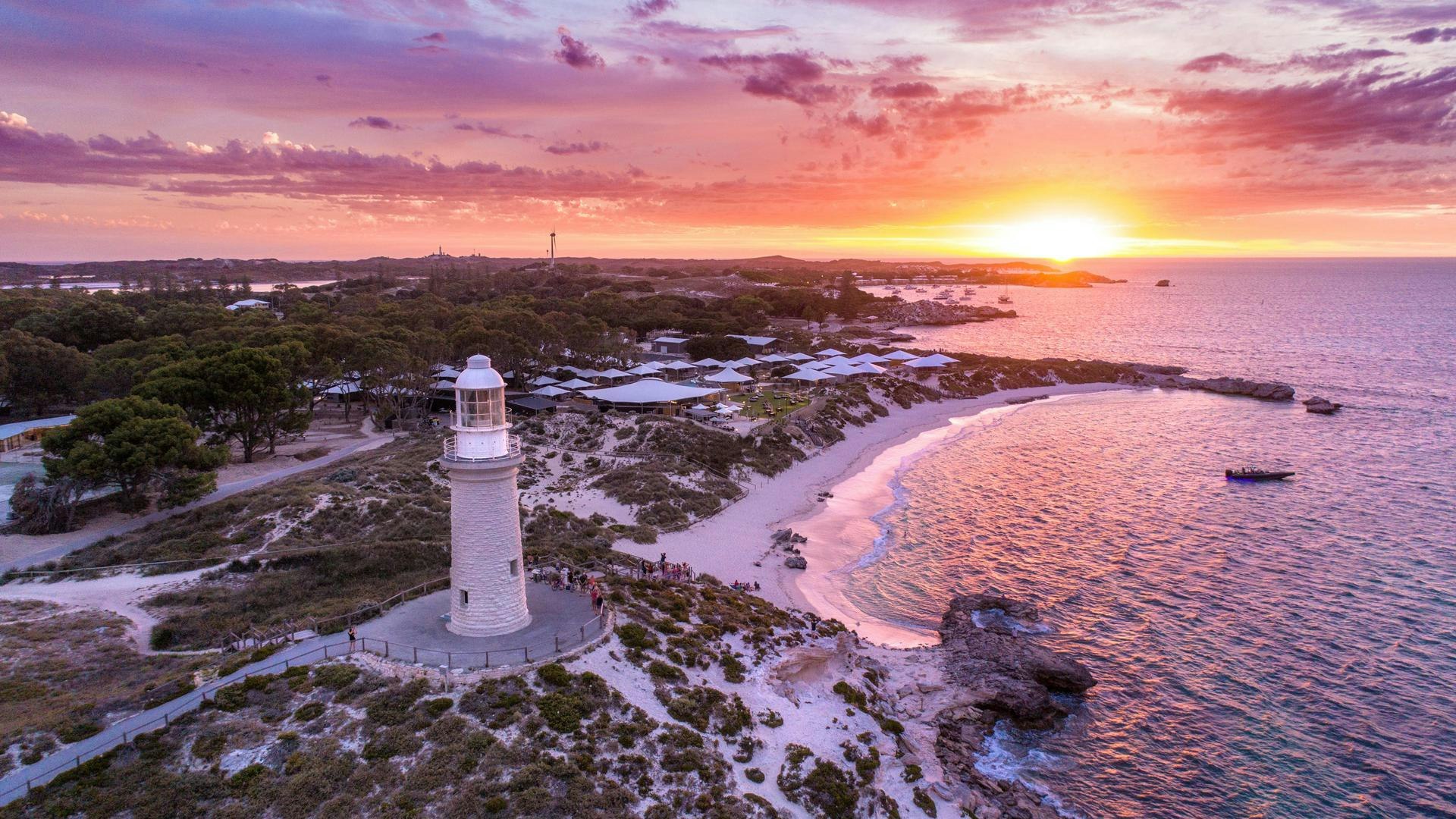
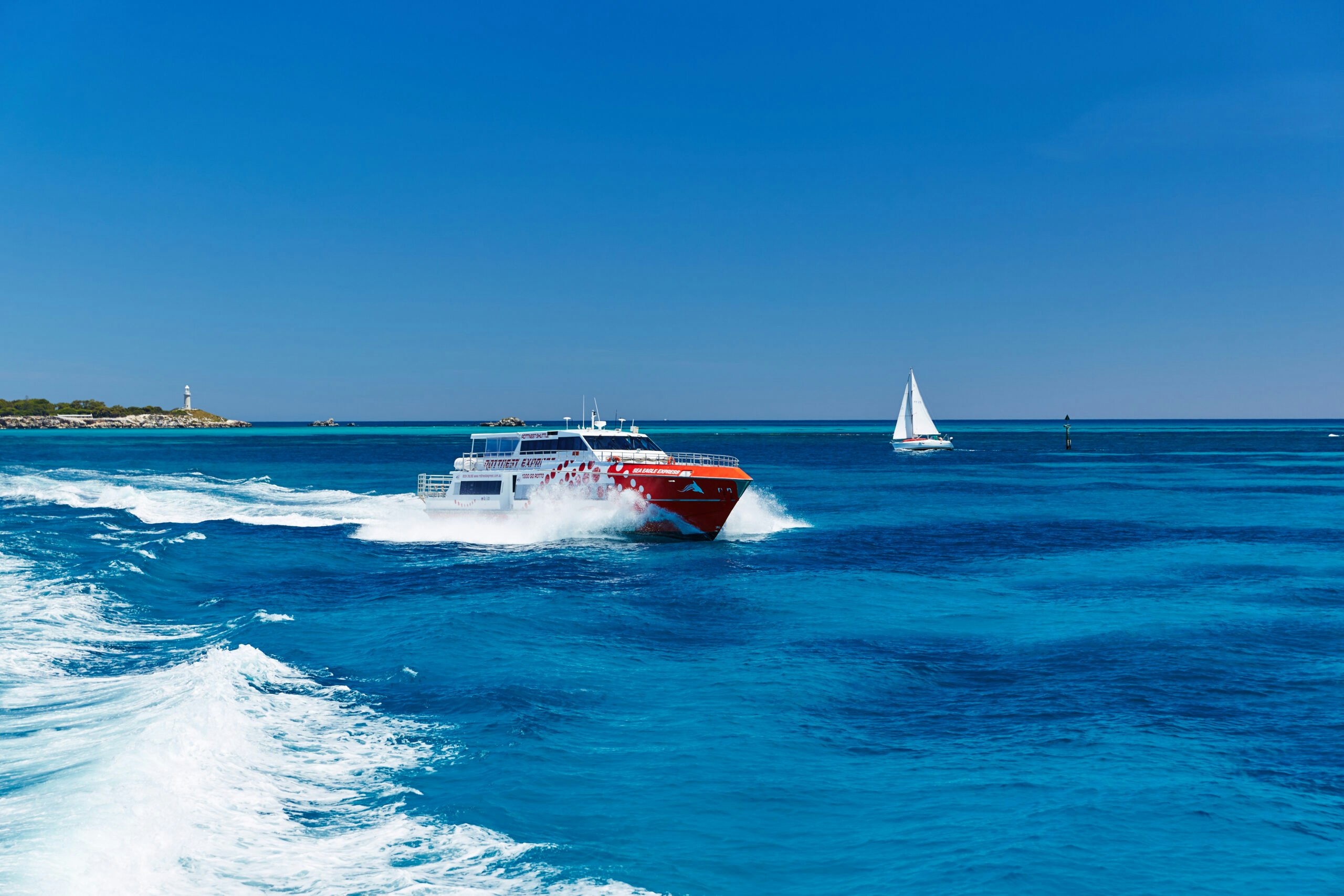



Sign up to receive our e-newsletters featuring the latest news, exclusive offers and much more from Rottnest Express and Journey Beyond.
Please be advised our Northport ferry terminal at 1 Emma Place, North Fremantle is currently closed for renovations.